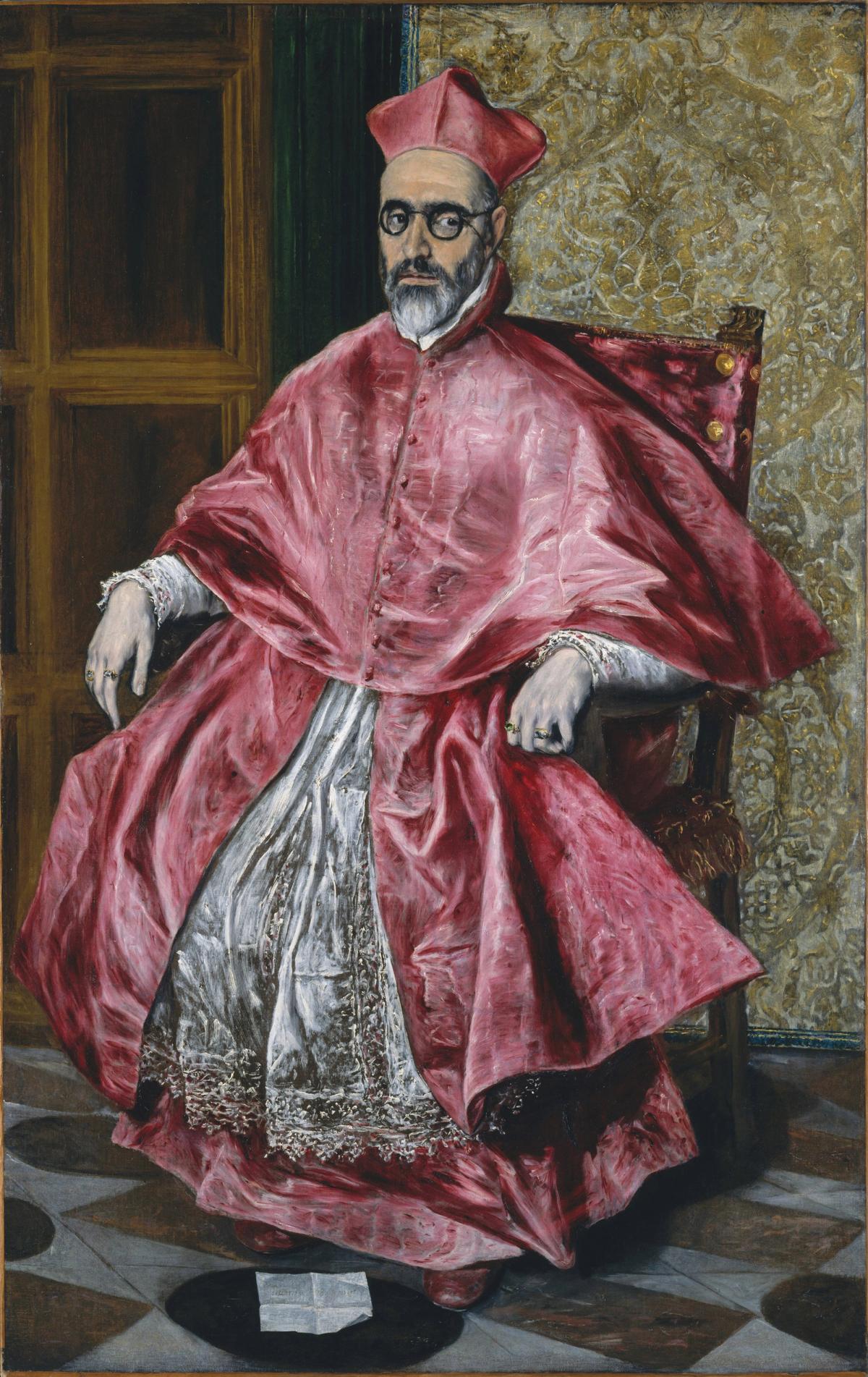The Roman Catholic clergy, it has to be said, beat all others when it comes to ecclesiastical duds: array of cassocks of many colours, all sorts of hats birettas, zuchetti, camauros, mitres and three-tiered tiaras—not to mention accessories such as mozzettas, feriolas, faldas and mantums. Confused? Well, help is at hand. The Costume Institute at the Metropolitan Museum of Art is presenting Heavenly Bodies: Fashion and the Catholic Imagination (10 May-8 October), a display of 50 fabulous Catholic vestments—15 popes’ worth—dating from the 18th century to the present day, straight from the Sistine Chapel Sacristy. Displays in the Medieval galleries, the Anna Wintour Costume Center and the Cloisters of secular fashions and works of art provide contexts for the liturgical get-ups.
“One of the most compelling artists to have emerged in recent decades, Danh Vo reveals a little bit more about the gentle but strong complexity with which he dissects and reanimates cultural and political history with each new body of work,” says Allan Schwartzman, a principal of the Sotheby’s-owned Art Agency Partners, who named Vo’s upcoming solo show at the Solomon R. Guggenheim Museum as a top pick for 2018. The exhibition, Take My Breath Away (9 February-9 May), is the first major US survey on the Danish artist. Works from the past 15 years, such as such as Vo Rosasco Rasmussen (2003-05), in which the artist married and divorced acquaintances to take on their surnames, will be explored alongside new commissions.
Radical Women: Latin American Art, 1960-85, travels to the Brooklyn Museum this spring (13 April-22 July) from the Hammer Museum in Los Angeles, where it was organised as part of Pacific Standard Time LA/LA. “This exhibition is about making visible an entire chapter in art history that has been made invisible,” says Cecilia Fajardo-Hill, who co-organised the show at the Brooklyn Museum and the Hammer. The show has works by more than 120 from Latin America or US-born of Latino heritage, including artists self-identifying as feminists or associated with left-wing movements, that use the female body in their work. These include videos by the late Brazilian artist Letícia Parente, such as a 1975 video in which she sews the words “Made in Brasil” onto the sole of her foot with a needle and thread.


